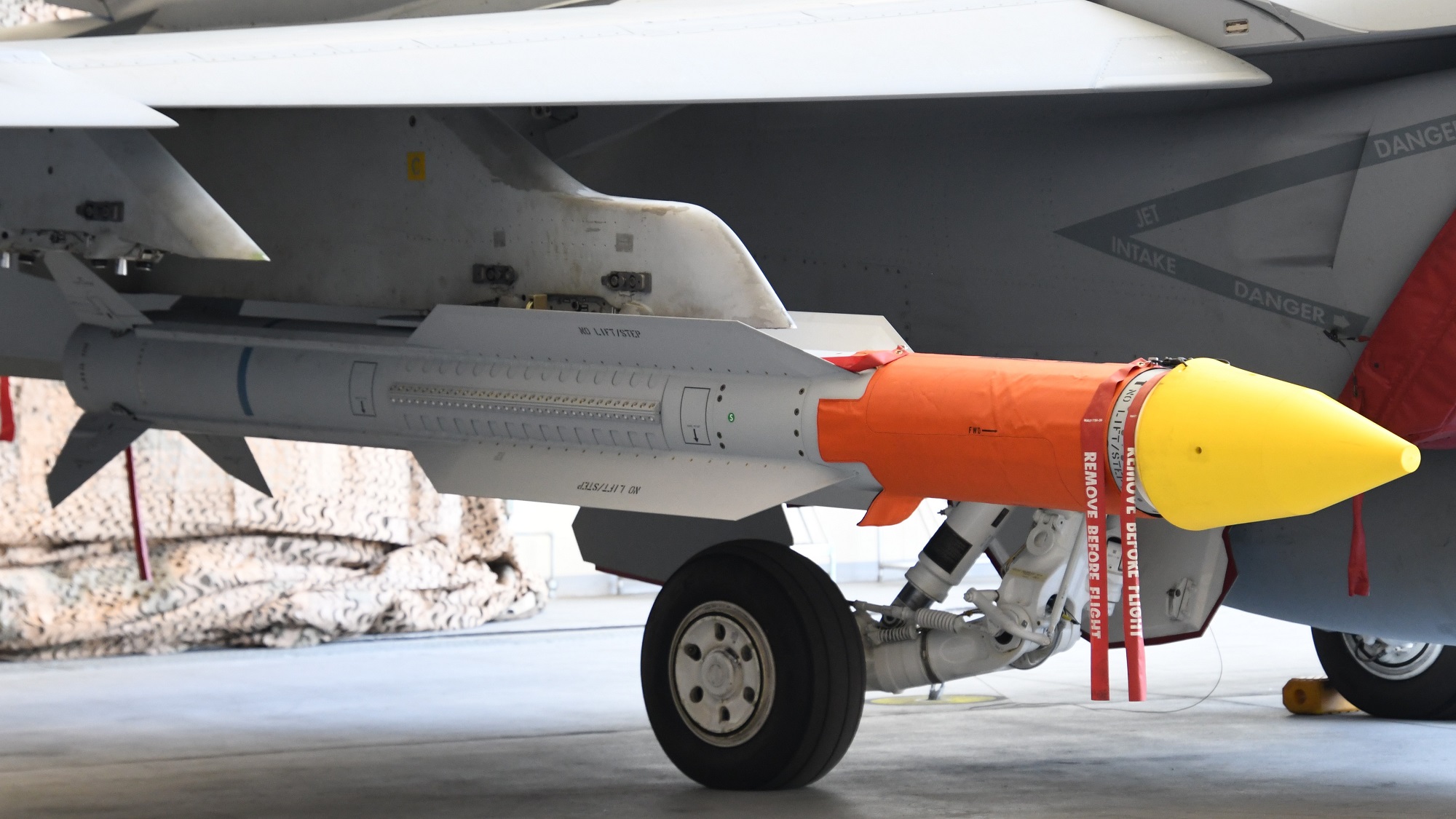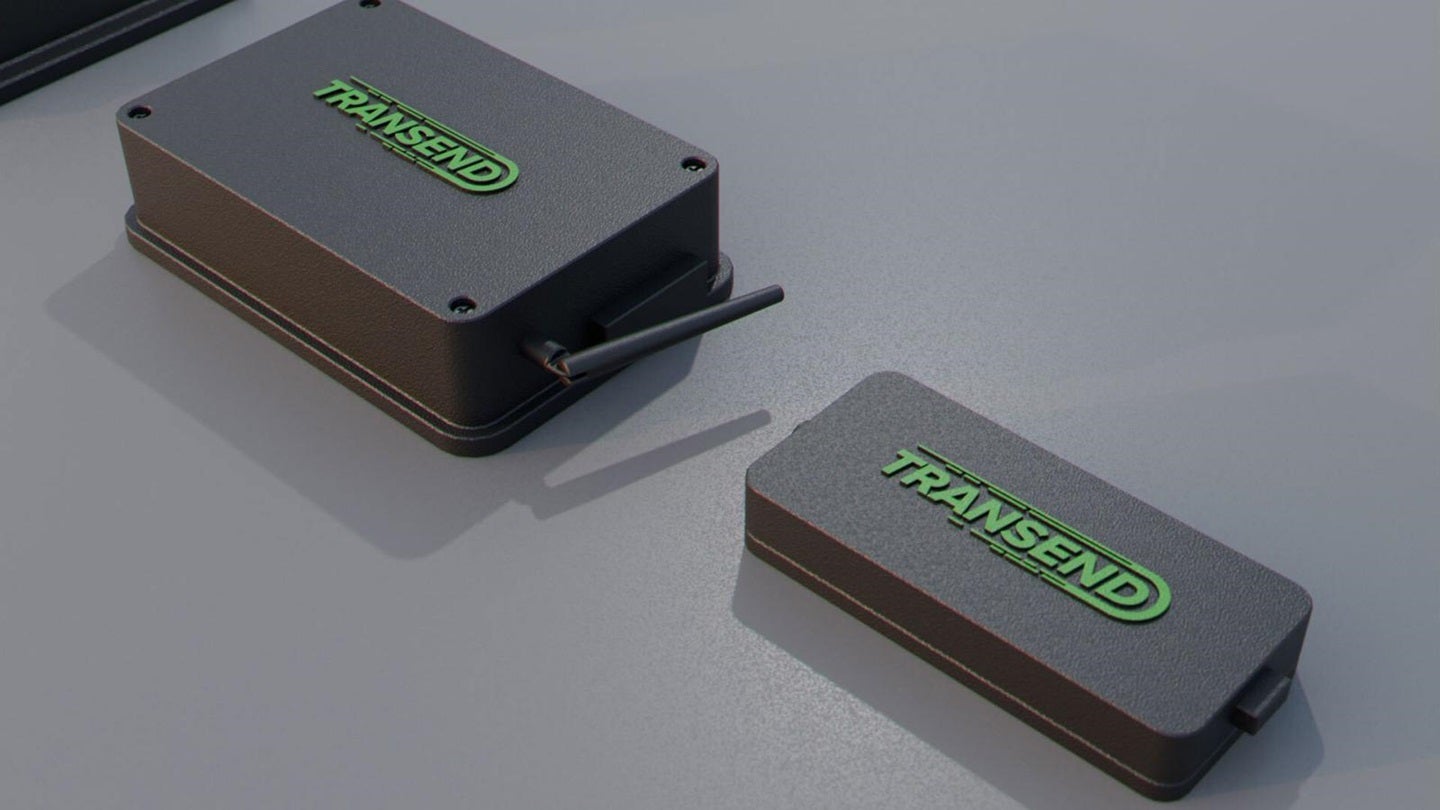Molecular states underlying neuronal cell type development and plasticity in the postnatal whisker cortex
by Salwan Butrus, Hannah R. Monday, Christopher J. Yoo, Daniel E. Feldman, Karthik Shekhar Mouse whisker somatosensory cortex (wS1) is a major model system to study the experience-dependent plasticity of cortical neuron physiology, morphology, and sensory coding. However, the role of sensory experience in regulating neuronal cell type development and gene expression in wS1 remains poorly understood. We assembled a transcriptomic atlas of wS1 during postnatal development comprising 45 molecularly distinct neuronal types that can be grouped into eight excitatory and four inhibitory neuron subclasses. Between postnatal day (P) 12, the onset of active whisking, and P22, when classical critical periods close, ~ 250 genes were regulated in a neuronal subclass-specific fashion when whisker experience was normal. At the resolution of neuronal types, only the composition of layer (L) 2/3 glutamatergic neurons, but not other neuronal types, changed substantially between P12 and P22. These postnatal compositional changes in L2/3 neuronal types resemble those observed previously in the primary visual cortex (V1), and the temporal gene expression changes were also highly conserved between the regions. Unlike V1, however, cell type maturation in wS1 is not substantially dependent on sensory experience, as 10-day full-face whisker deprivation from P12 to P22 did not influence the transcriptomic identity nor composition of L2/3 neuronal types. A one-day competitive whisker deprivation protocol from P21 to P22 also did not affect cell type identity but induced moderate changes in plasticity-related gene expression. Thus, developmental maturation of cell types is similar in V1 and wS1, but sensory deprivation minimally affects cell type development in wS1.
by Salwan Butrus, Hannah R. Monday, Christopher J. Yoo, Daniel E. Feldman, Karthik Shekhar Mouse whisker somatosensory cortex (wS1) is a major model system to study the experience-dependent plasticity of cortical neuron physiology, morphology, and sensory coding. However, the role of sensory experience in regulating neuronal cell type development and gene expression in wS1 remains poorly understood. We assembled a transcriptomic atlas of wS1 during postnatal development comprising 45 molecularly distinct neuronal types that can be grouped into eight excitatory and four inhibitory neuron subclasses. Between postnatal day (P) 12, the onset of active whisking, and P22, when classical critical periods close, ~ 250 genes were regulated in a neuronal subclass-specific fashion when whisker experience was normal. At the resolution of neuronal types, only the composition of layer (L) 2/3 glutamatergic neurons, but not other neuronal types, changed substantially between P12 and P22. These postnatal compositional changes in L2/3 neuronal types resemble those observed previously in the primary visual cortex (V1), and the temporal gene expression changes were also highly conserved between the regions. Unlike V1, however, cell type maturation in wS1 is not substantially dependent on sensory experience, as 10-day full-face whisker deprivation from P12 to P22 did not influence the transcriptomic identity nor composition of L2/3 neuronal types. A one-day competitive whisker deprivation protocol from P21 to P22 also did not affect cell type identity but induced moderate changes in plasticity-related gene expression. Thus, developmental maturation of cell types is similar in V1 and wS1, but sensory deprivation minimally affects cell type development in wS1.


















































































































































